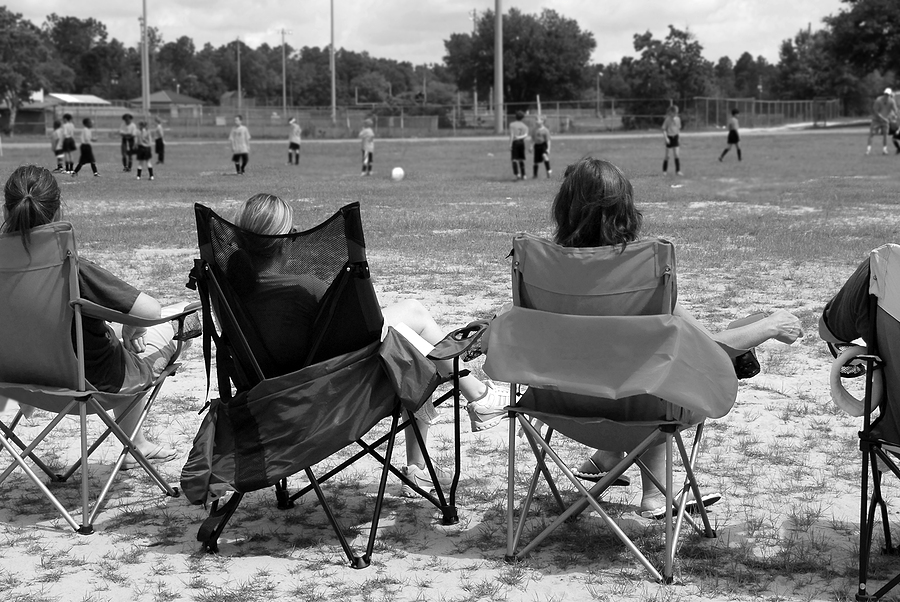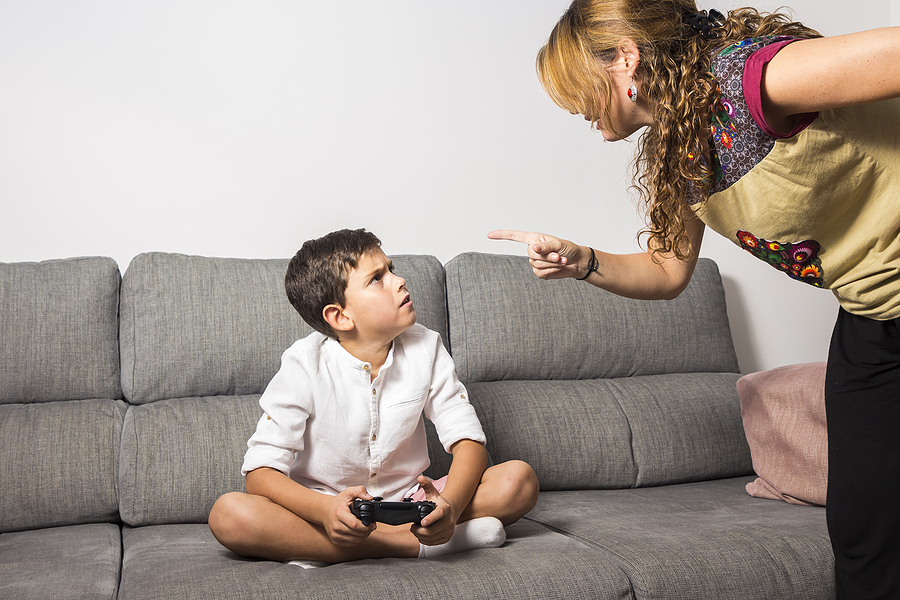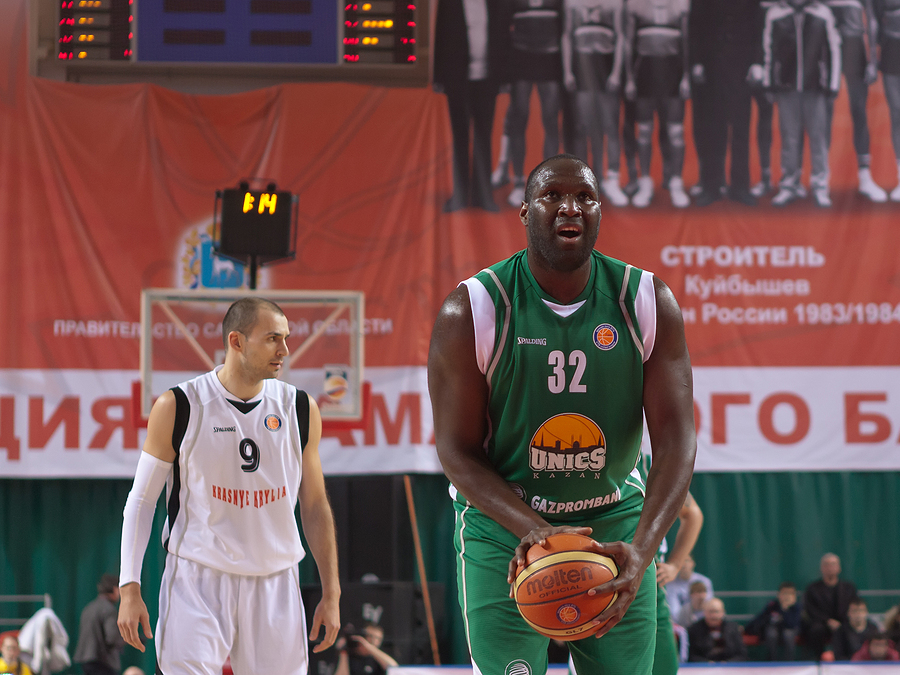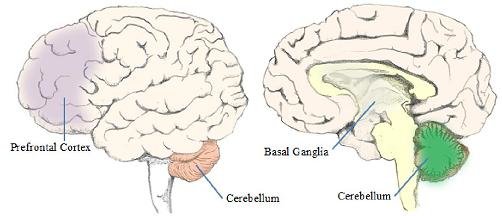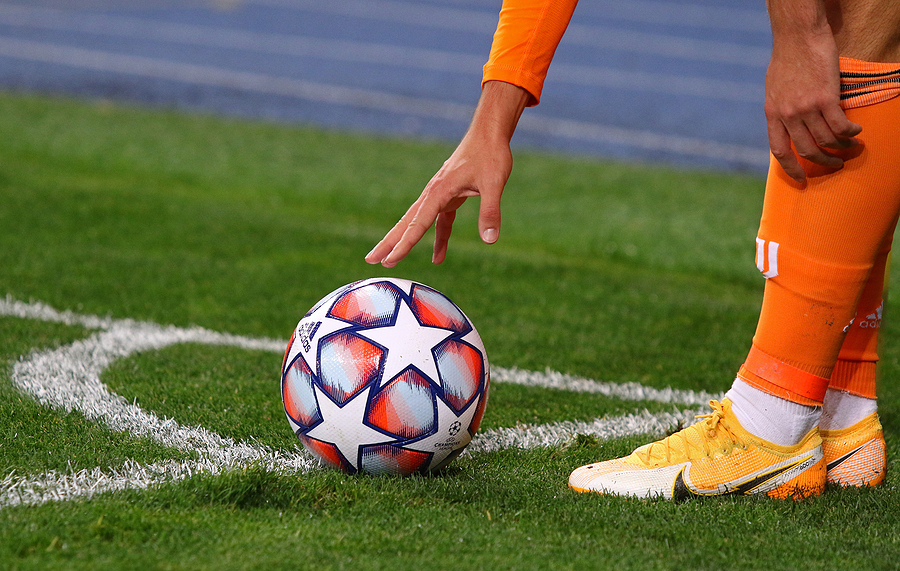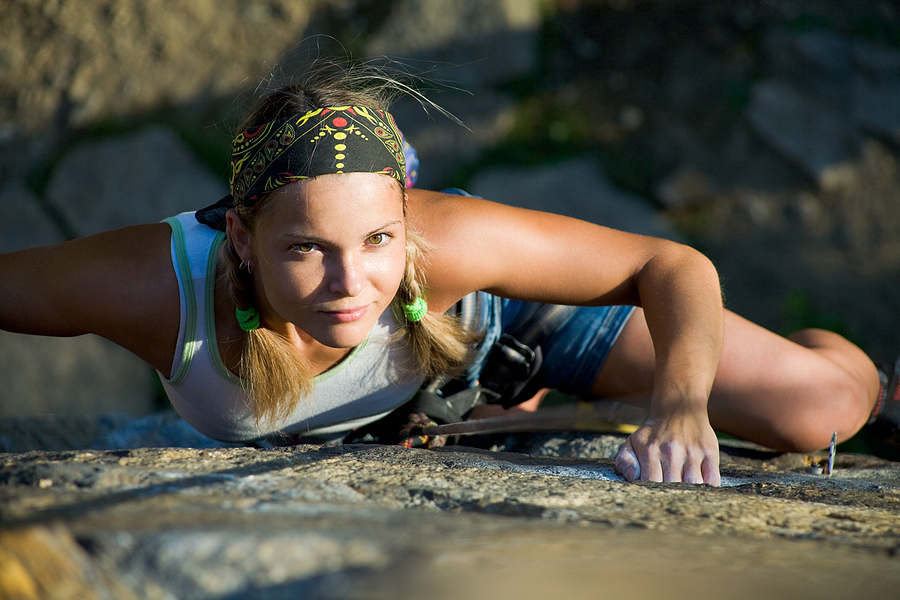
Why Should I Get Out Of My Comfort Zone?
Getting out of your Comfort Zone probably requires three elements. First, you need to know what your Comfort Zone looks like. Next, you might want to understand why it’s necessary to improve yourself mentally. Finally, knowing just how far outside of your Comfort Zone to go would be handy. I will attempt to address all of these in this article. As always, after you have read it, please share it with your networks and add a comment or question at the bottom. I’m good, but I’m not a mind reader.
What Or Where Is This Comfort Zone?
Like so many psychological constructs, one of the challenges is that it’s very relative and based on the individual. One person’s Comfort Zone might be another person’s Danger Zone. But this much is true. Everybody on earth will have experiences and situations that are more psychologically cozy than others. Typically, these situations fall along a spectrum or a sliding scale.
By this, I mean that the situation can range from highly comfortable all the way through to extremely uncomfortable. And, of course, there is a lot of grey area in between. It is reasonable to ponder why one person might find standing up and talking in public so easy whilst her twin sister might feel sick just by the idea. But as a general rule, I accept that people have developed these preferences and aversions for good reason. Spending too long trying to work out why can take away from time better spent accepting reality and using it as a mental training tool.
So, staying inside one’s Comfort Zone means trying very hard to manipulate our world so that we can spend most of our time avoiding many situations.
Who Is Guilty Of This? I Am For One.
This can often be very innocent, such as deciding not to go training because it’s too cold and wet. Or faking an injury on the day that you know the coach will be making some assessments. So, the Comfort Zone is more of a what than a where. Although it often feels more like a place, it’s normal for most people to ensure that where they live and work is packed full of what they like. Even the experts are guilty. It is not unusual for me to take a pillow with me when I travel. I have also been known to email the host of an Airbnb before leaving home to check the quality of their coffee-making facilities 🤫.
Can You Work Out The Issue With This?
For most people, whose values include challenging themselves, improving themselves and achieving hard things, these come with a certain amount of organic discomfort. Let’s use some common examples we come across as a group of practitioners working at the coal face of sports psychology and mental performance:
- Results are shoved in your face all the time. Many of which the performer only has some influence over. This tends to be very uncomfortable for most people.
- The better you get, the more people scrutinise your performance. This exponentially increases the discomfort levels for most people.
- An injury can instantly undo years of hard work if your performance area is sporting. Talk about severe discomfort all the time!
As these stressors are all possible, avoiding them at all costs is a terrible idea. As fellow sport psychologist Jonah Oliver often says, “It’s not about reducing the stress but about being able to tolerate more”.
Show Me How To Do That
Below is one of many ways of doing this. Warning: It would be far better if you tried to work through these with the help of a qualified psychologist like the one who consults for Condor Performance. Why? Getting it wrong can backfire big time. It’s the same as trying to improve your body. Ideally, your physical training plan is designed and overseen by someone qualified to the eyeballs in that area, like our friends at BaiMed. Same with training the mind. Please be careful of the growing number of pseudo-professionals working in sport psychology spaces.
Take a look at the below drawing. I have adapted it from the circle’s concept at PositivePsychology.com – a great online resource. As you can see, the Comfort Zone (green) is surrounded by two other zones. Outside the Comfort Zone is the aptly named Growth Zone (blue). And beyond that is The Danger Zone (Red). I find it helpful to split the zones into four quadrants to help my clients develop more specific situations to place into the twelve areas.

Social, Safety, Scrutiny and Stuff
- Social refers to social situations like dinner parties, going on a date or hanging out with a buddy at the mall (shopping centre). Social anxiety is widespread in 2024, yet it’s very solvable for many.
- Scrutiny is related to being assessed. Not the same as social even if the scrutiny is coming from others. This is a big deal in our work. A common thread that links all our clients is the high degree of scrutiny they get compared to the general population.
- Stuff refers to the unavoidable fact that many people use purchasables to make themselves feel much more comfortable in today’s society. In extreme situations, this can result in hoarding, but for most people, it’s relatively innocent – until your lucky pair of socks gets chewed up by the neighbour’s dog the night before the grand final!
- Safety is related to psychological safety. For this category, we must be incredibly delicate to ensure that the ideas we come up with are in the right place. For some people, rock climbing is what they do every weekend (Comfort Zone, green, too easy). For others – myself included – it feels too dangerous, too risky. Red Zone, Danger Zone, avoid, avoid, avoid. But for many, this kind of activity (supervised by the right professionals) is excellent for growth and getting them out of their comfort zone.
Ideas With Action Are A Waste Of Time
The idea is to use the diagram to brainstorm different situations for each segment. It’s often easier to use the table template below. Don’t print it, just redraw it on a bit of paper.
| Comfort Zone | Growth Zone | Danger Zone | |
| Social | |||
| Scrutiny | |||
| Stuff | |||
| Safety |

